Undrafted Free Agency Guide
Usually, after the NBA Draft, teams rapid-fire in signing undrafted free agents to Exhibit 10 or two-way contracts. Here's an overview of the most heralded UDFA targets right after draft night.
We see it every year. A player who doesn’t get drafted yet finds a good rotational role after signing a two-way or grinding for a roster spot via the Exhibit 10 route.
We saw it last year with Ricky Council IV (Philadelphia 76ers) and Craig Porter, Jr. (Cleveland Cavaliers) signing standard contracts, ensuring a longer NBA stay. While Orlando Robinson (Miami Heat) ascended to playing a solid rotational role in the playoffs after being undrafted two years ago, it’s pretty sure we see a few candidates in this year’s class.
I will highlight ten prospects who can ascend to signing a standard contract as undrafted free agents, with the first five now and the last five closer to draft night. These are the names you often don’t hear around the water cooler, so you might as well get accustomed to them now.
With over 80 in-depth scouting reports containing over 2,500 words, Ersin’s NBA Draft Newsletter has become the ‘one-stop-shop’ for NBA Draft content. While growing the newsletter from zero to over 400 subscribers, the goal is to continue to grow it by valuing quality over quantity.
The draft should be accessible to everyone. With the larger media outlets focusing on the ‘top guys’, I want to create an even playing field by focusing on the less-coveted prospects. Every year has success stories outside of the lottery, so why not be among the selective people who saw it coming from miles away?
My goal for the 2025 NBA Draft is to have over 100 in-depth scouting reports. Trust me, I get a thrill from every single subscription. Eventually, the goal is to make the newsletter cost-neutral, thus forcing me to change to the scouting reports being available to paying subscribers. To thank you for your support here’s 20% off on me.
And if you want to give Ersin’s NBA Draft Newsletter an additional boost, please consider providing an amount of your choosing as a member of Team Ersin Demir.
1. Tristan Enaruna — Cleveland State
After scoring close to twenty points per game, Enaruna stole the show at the Portsmouth Invitational Tournament. He earned Most Valuable Player honors while leading his team in their championship run.
With his ideal wing size at 6’8.25”, athletic tools, and great length in a 7-foot-2 wingspan, Enaruna is an aggressive scorer who thrives on punishing mismatches inside the arc. While scoring at a 60% clip near the rim on over six attempts per game, he proved himself to NBA scouts with his production.
However, considering Enaruna will play a reduced role on an NBA floor, showing defensive tools and an outlier skill to separate himself from his peers is what Enaruna needs to solidify in the G League. With great foot speed, Enaruna can guard up to four positions in the NBA, with his fastly-improved frame during his time at Cleveland State.
His quick feet, length, and strength will lead to him impacting a team’s defense near the rim and on the perimeter. However, as an off-ball defender, Enaruna needs to get better accustomed to a faster-paced NBA game compared to college. The G League is a suited environment for him to continue to work on his craft and improve his rotations on defense.
At 87 three-point attempts, he shot more than his three prior seasons (85) combined. Consistent three-point shooting will make Enaruna a long-term NBA piece, and increasing his volume is a good sign of his willingness to improve on that end. Together with his team defense, that’s the most crucial aspect of his game, which Enaruna has to improve to stick in the NBA.
As an undrafted free agent, he will likely be one of the first players signed to a two-way contract right after the second round.
2. Isaac Jones — Washington State
While ascending from the JUCO reigns to playing high-major Division I basketball, Jones ended his collegiate career as one of the best big men in the PAC-12, earning the Cougars a spot in the NCAA Tournament.
Scoring close to fifteen points per game, Jones’ NBA role will be as a connective forward, who can also play as a five considering his physical strength and length. His value as a screener and play-finisher will warrant a minimal role as a third-string center, where his connective passing and rebounding are two separators among many of his peers in this class.
Strengthening a team’s interior defense is the main value he brings while showing flashes of being able to guard out on the perimeter. It’s expected that Jones will be one of the first to get signed to a two-way contract. His goal should be to experiment with his pick-and-roll defense to be less drop-coverage reliant. In a faster-paced G League game, his off-ball defense which wasn’t consistent will be another area where he can solidify his chances of earning a standard contract.
Here’s a full in-depth scouting report:
3. Clarence Daniels — New Hampshire
After a standout performance at the Portsmouth Invitational Tournament, Daniels earned a call-up to the G League Elite Camp. What stood out during his career was his dedication to the game and hard work leading to him continuing to move up in the rankings. After playing JUCO and Division II in his first three years, the fifth-year senior ended his collegiate career as the America East Conference Player of the Year.
For the NBA, his bulky build, excellent footwork, and lateral quickness will lead to him serving as a stopper on defense while having his consistent three-point shooting to maintain a team’s offensive rating. Having stood out as a pick-and-roll defender, Daniels can switch and guard up to four positions due to his speed and toughness. At 210 pounds and a strong upper body, his 6’10.5” wingspan adds value to his role as an energy wing who will space the floor.
There are a few areas he needs to work on, with his screen navigation and underwhelming shot contests near the rim being two for his defense. His strength advantage led to him often picking up fouls, forcing him to play less aggressively. With Daniels facing better athletes in the G League, he has to work on getting more comfortable using his strength to get stops near the rim.
While being the leading scorer for New Hampshire, Daniels scarcely was able to showcase his passing. To play NBA minutes as a wing, his connective passing is another area of development that will complement his offense. In a reduced role, Daniels will mostly shoot off the catch or attack closeouts from the corner or elbows. As a decent ball handler, Daniels has the strength and craft to get to the rim. However, as a 54.1% rim-finisher, Daniels must work on his touch around the basket to solidify his chances of earning NBA minutes.
Here’s a full in-depth scouting report:
4. Yongxi “Jacky” Cui — Guangzhou Loong Lions
At 21 years old Cui has the needed accolades as he earned Chinese CBA Domestic First Team honors. As one of the best shooters in this class, Cui stood out at the G League Elite Camp, impressing NBA scouts who were familiar with him after he attended the NBA Global Academy a few years ago.
At 6’6.50” in socks, Cui has the positional size to play as both a two and a three. Bulking up and filling his frame while improving his team defense are two areas of concern that will likely lead to him being undrafted.
His shooting touch, mechanics, and footwork make him an NBA-ready shooter who is immediately capable of helping a team right away. However, he needs to improve as a screen navigator and closeout defender to not hurt a team’s defensive rating too much to where his shooting value decreases.
At times, Cui looked too modest on the floor, with negative body language and a lack of effort in closeouts or shot contests being two areas that NBA decision-makers will consider in their evaluation to sign him. With clear value as a shooter and active cutter, Cui can fill in a reduced role and add depth to a team at the end of the bench.
With his eyes set on the NBA, he is likely willing to bet on himself and accept to play a year of G League basketball to earn a potential call-up later on in the season.
Here’s a full in-depth scouting report:
5. Eric Gaines — UAB
Gaines is one of the most gifted athletes I have personally scouted in my career thus far. As a defensive playmaker, he’s able to create his transition looks while Gaines also can control the pace of the game as a playmaker.
At 6’1” and a lanky frame at 148 pounds, Gaines doesn’t have outlier defensive skills to warrant an NBA roster spot. His 26.9% from three at over four attempts per game is another area that will lead to NBA decision-makers being skeptical in handing him a roster spot, while the G League pool has many talented guards who cannot find an NBA job.
However, while evolving into a floor general two years after transferring to UAB, Gaines’ ability to control the pace and lead the offense will be an intriguing trait. If he can work on becoming a much more efficient shooter off the catch, it will add value to his paint-touch-generating rim pressure thanks to his high-level athleticism and explosiveness.
Despite clear concerns about measurement and efficiency, Gaines will likely sign a two-way contract this summer. Hereafter, he can focus on developing into a feasible role for later in the season.
Here’s a full in-depth scouting report:





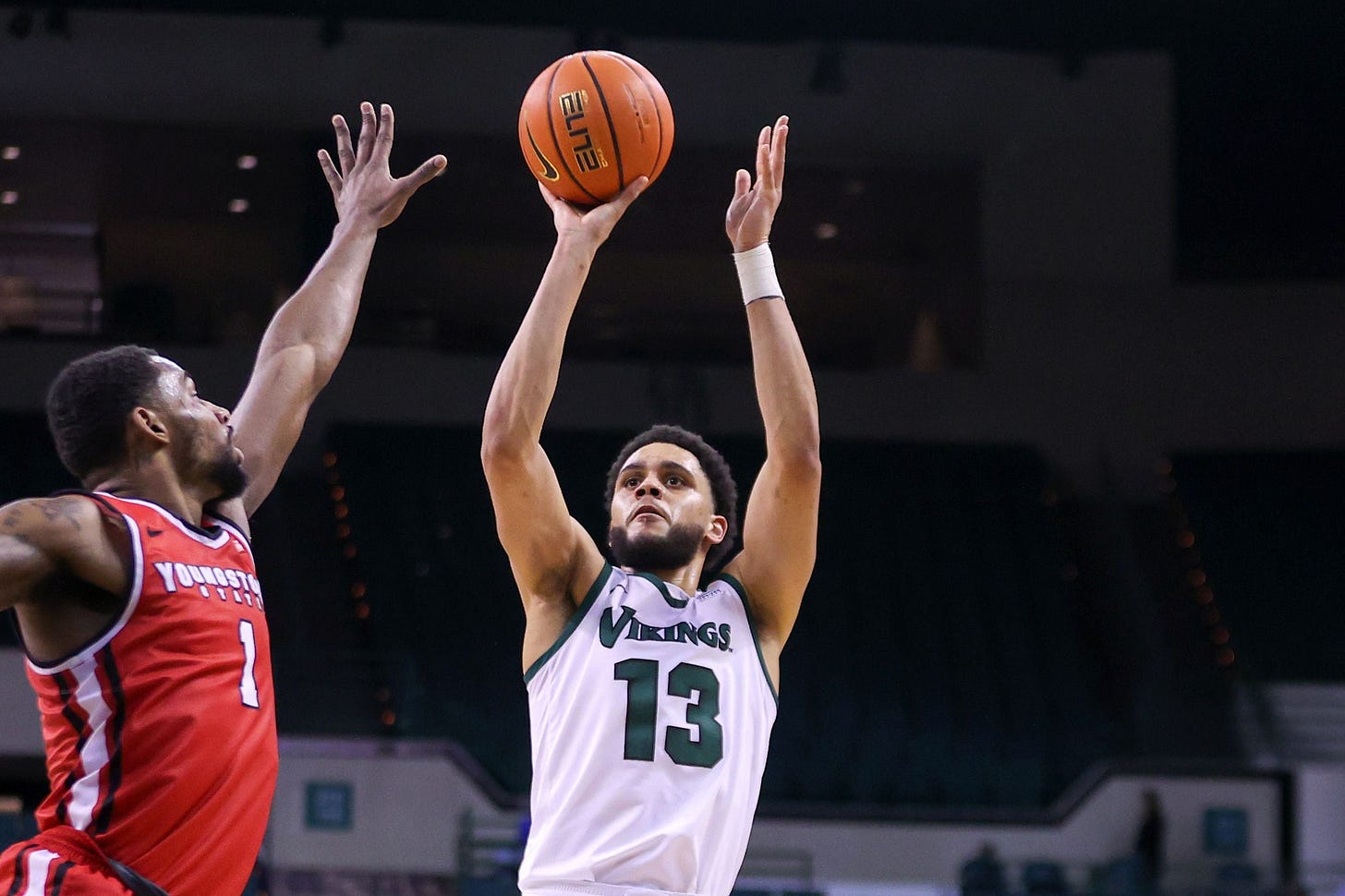
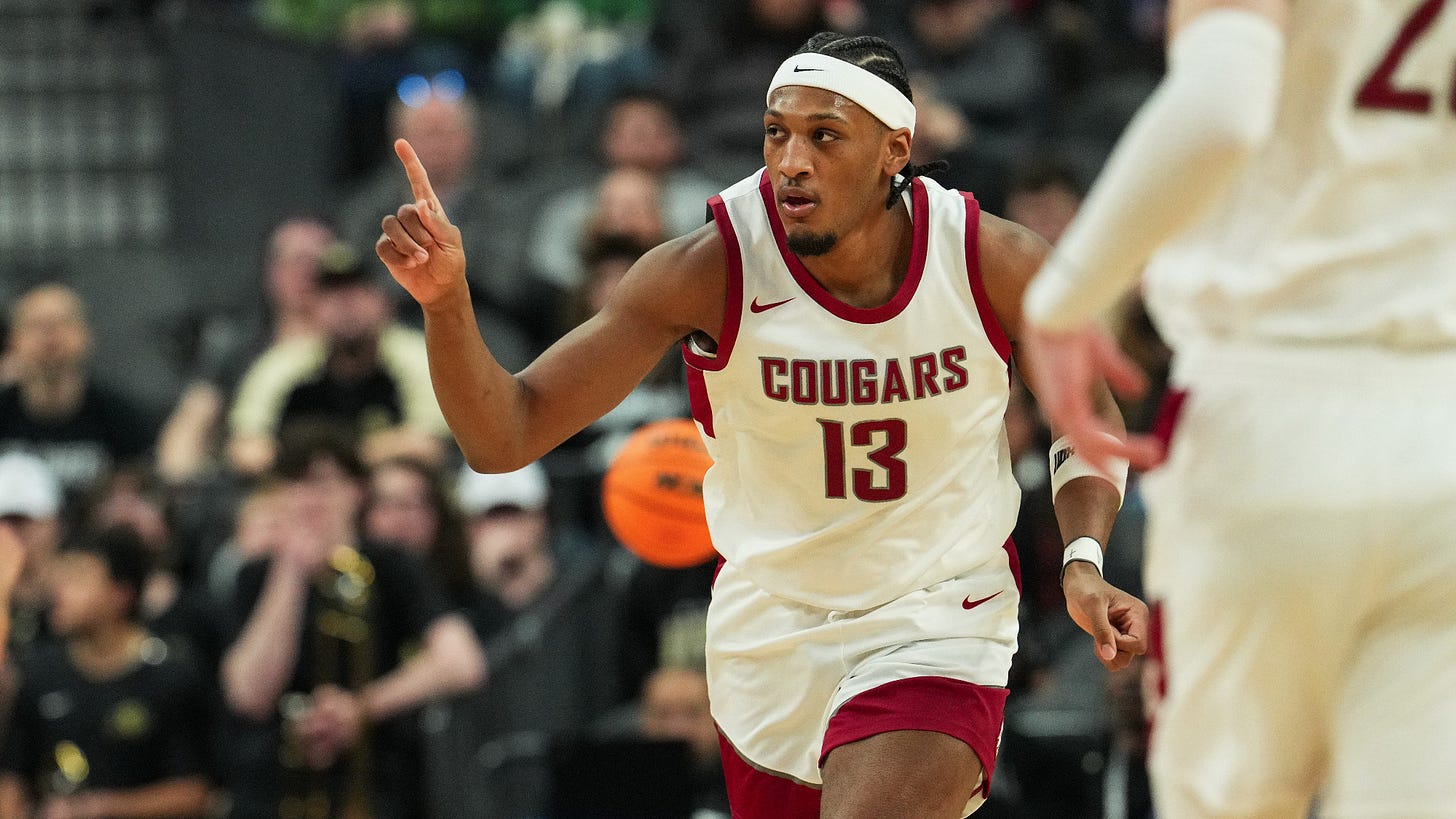
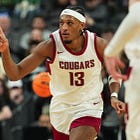
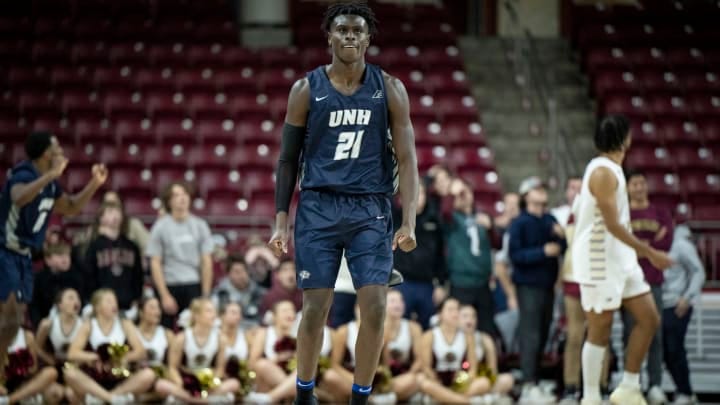
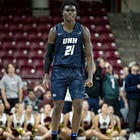




Really like this contributions. My dream job would be to be the GM or coach for the Suns New g league team and start everything from scratch. It's like a lab where you can test and develop the youth without the pressure of the do or die Nba.